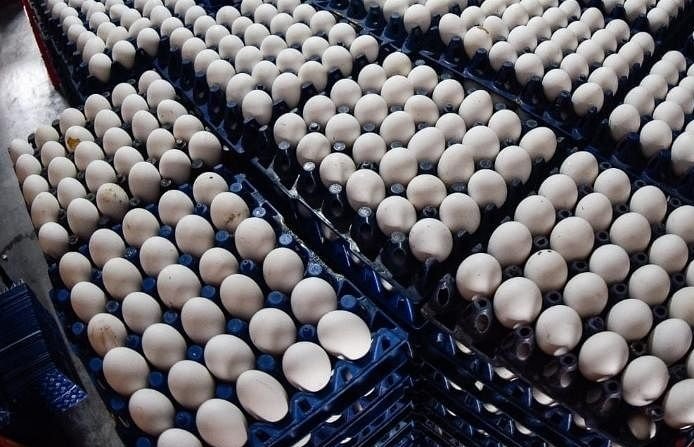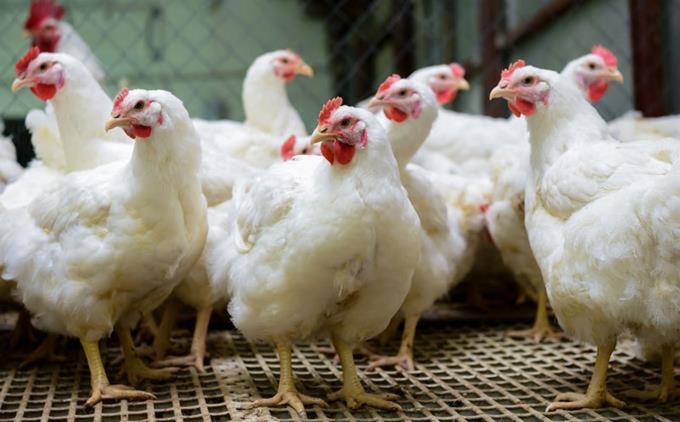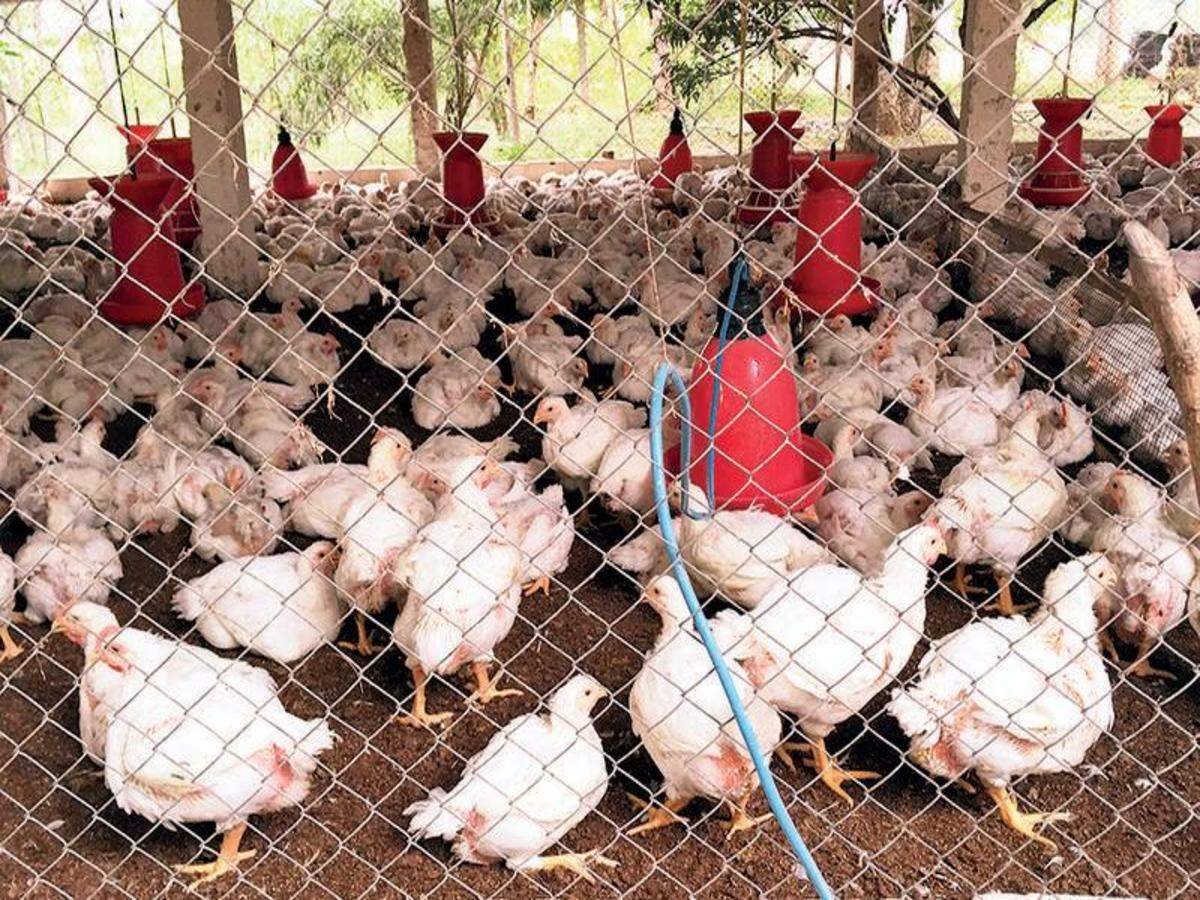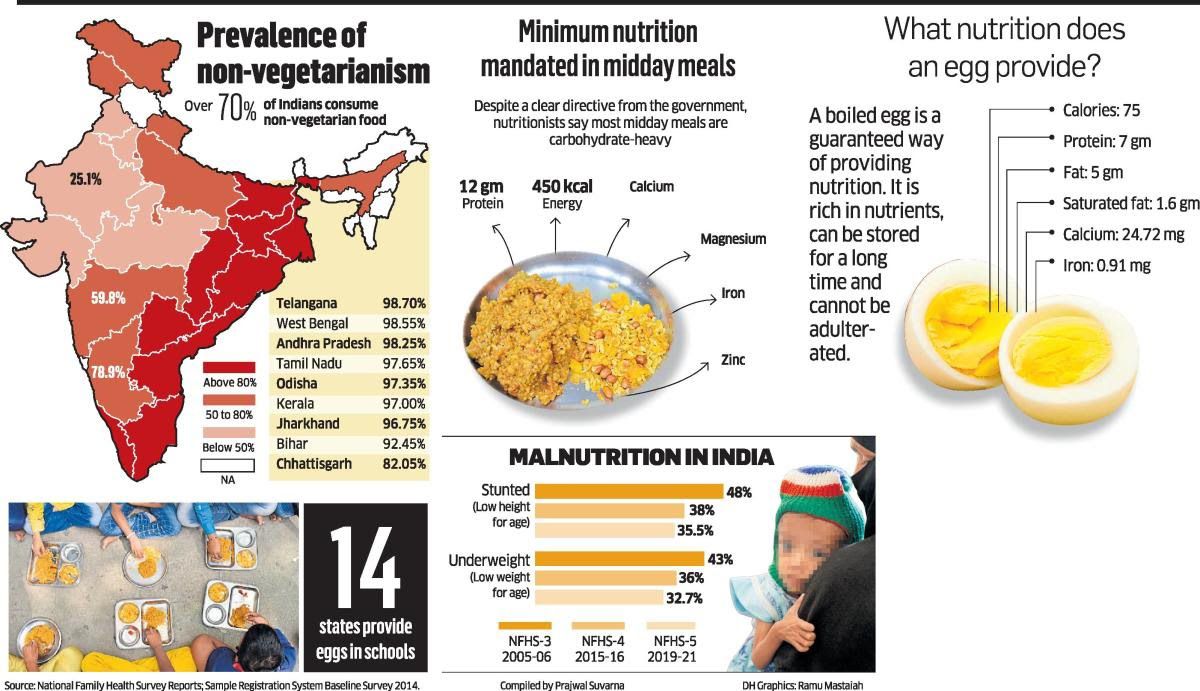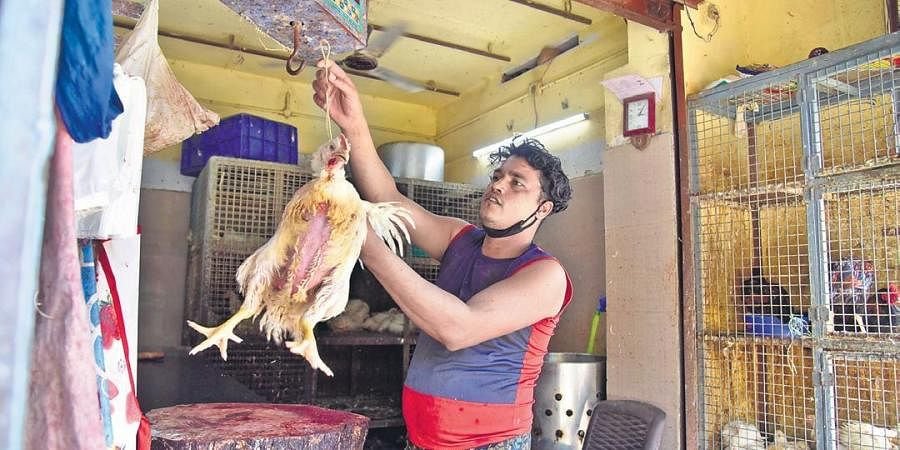This new technology converts poultry feathers into animal feed

Indian scientists have designed a new technology that converts keratin waste such as human hair, wool, and poultry feathers to fertilizers, pet, and animal feeds. The technology has been developed by Professor A. B. Pandit, Vice-Chancellor, Institute of Chemical Technology Mumbai, along with his students. The newly developed technology provides an affordable and sustainable solution for addressing keratin waste.
What is Keratin?
Keratin is the type of protein that makes our hair, skin, and nails. It is also found in our internal organs and glands. It can be derived from the feathers, horns, and wool of different animals, and is also used as an ingredient in hair cosmetics.
What is Keratin Waste?
However, keratin is also the main waste product generated during poultry processing from feathers, hair, scales, nails, etc. It is generally hard and difficult to hydrolyze. But the advantage is, it is inexpensive and contains more than 85% protein.
Presently, tens of millions of tons of keratin waste are produced each year worldwide; of which, feather waste accounts for approximately 8.5 million tons. However, there hardly exists an effective method for the recovery of keratin waste.
Keratin Waste in India
India generates a huge amount of human hair, poultry feather waste, and wool waste each year. Worldwide, around 8.5 billion tons of poultry feather is generated annually, of which India’s contribution alone is 350 million tons.
Ill-impact of Keratin Waste
The keratin wastes are dumped, buried, used for landfill, or incinerated, increasing environmental hazards, pollution, and threat to public health. The waste also increases greenhouse gas emissions.
Keratin wastes are considered environmental pollutants and are mostly generated from poultry farms, slaughterhouses, and leather industries. The main producer of keratin waste includes the United State of America, China, India, and Brazil which produces millions of tons of keratin containing protein.
The technology developed by the Institute of Chemical Technology addresses the issue of keratin waste. Keratin wastes are inexpensive sources of amino acids and protein, underlining their potential to be used as animal feed and fertilizer.
About the technology
The novel technology is easily scalable, environment-friendly, energy-efficient, and makes amino acid-rich liquid fertilizers that are more economical as compared to currently marketed products.
Further, it uses advanced oxidation for the conversion of the waste to marketable fertilizers and animal feed. The key technology behind this involves pre-treatment followed by hydrolysis of keratin using a technique called Hydrodynamic Cavitation, which involves vaporization, bubble generation, and bubble implosion in a flowing liquid.
The current chemicals and physical methods for such conversion are energy-intensive, chemically hazardous, and involve multiple steps resulting in a higher cost of the final product. As calculated by the team, with this technology, the cost of the product at a large-scale plant, processing inputs of 1-ton per, is up to 3 folds cheaper than the existing market product.
Benefits/ Impact of the technology
At a time when every possible move is being made to attain developments sustainably, the new technology is a positive development in addressing environmental concerns, while also providing scope for animal food.
Potential fertilizer: Keratin has amino acids and proteins, which make them potential contenders for fertilizers for plants. Nitrogenous fertilizers are easily digestible by plants.
Benefit to farmers: Further, the advancement in the production of the technology will make the liquid biofertilizers which are three folds more efficient than the marketed product, available to farmers at an affordable rate. Thus, it can help in the socio-economic development of the farmers and the country.
Sustainable solution: The technology developed by Prof. and his team not only addresses the problem of keratin waste but also recycles it to utilize the available protein in it in a sustainable manner. It addresses issues such as waste management, environmental pollution, and degradation of soil fertility.
Source: NewsOnAir


